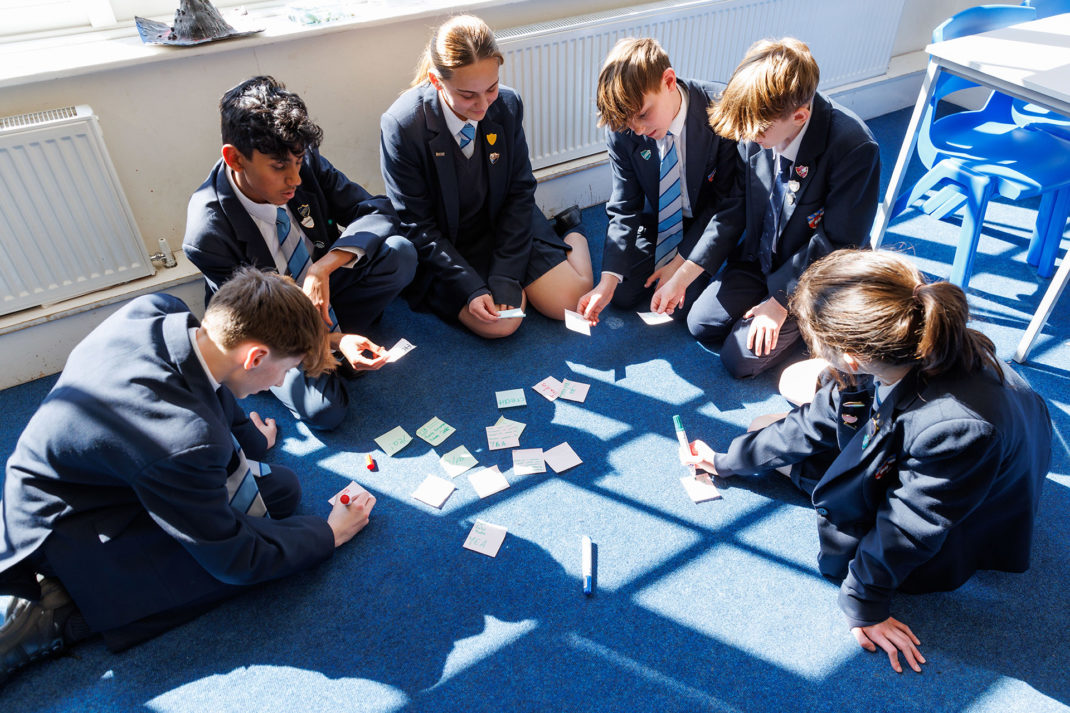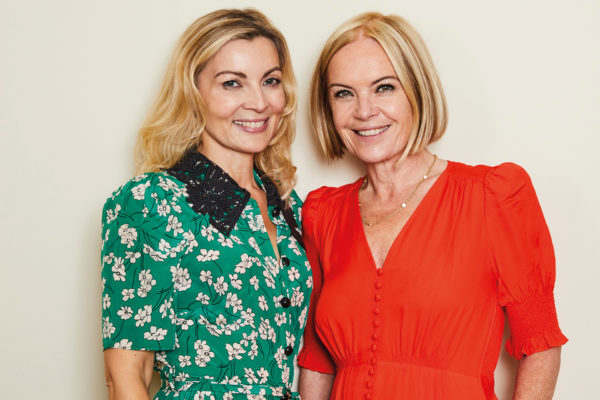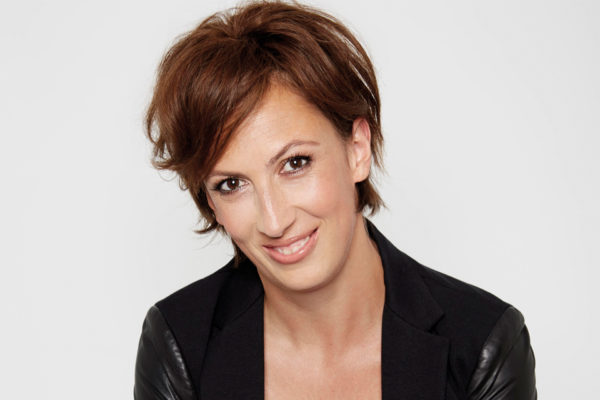The Benefits Of Poetry
By
1 year ago
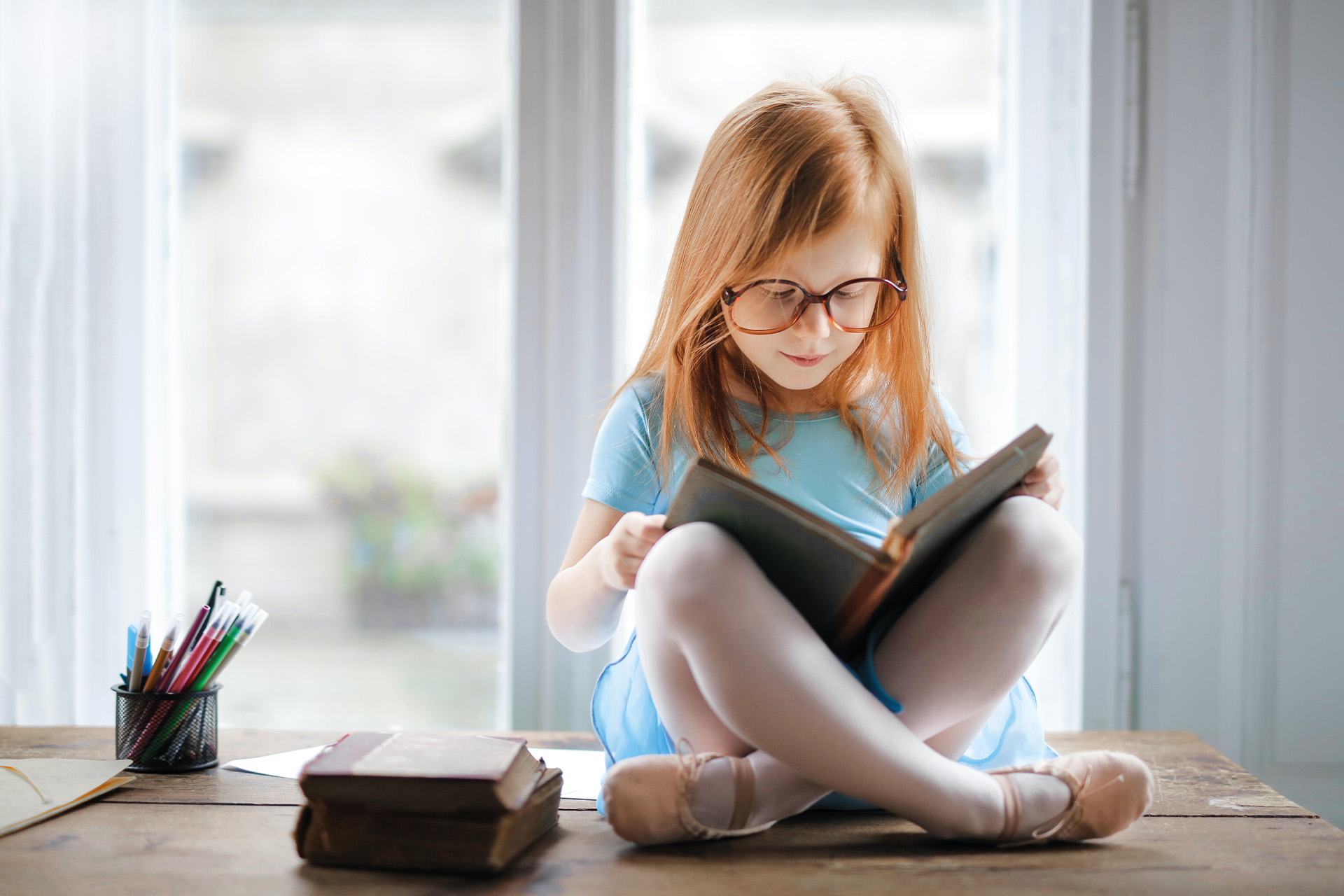
Poems and verse are as popular as ever in schools, finds Peter Stanford – and not just during English lessons

Reading and literacy is an important skill to learn at school (Image: Getty)
Sometimes a few well-chosen words can sum up a big and broad idea better than several paragraphs. A case in point is a poster on a classroom wall at Notting Hill and Ealing High School in west London. ‘Prose is the right words,’ it reads, ‘poetry is the right words in the right order’. It is up on display, explains Simon Piesse, Girls’ Day School Trust (GDST) consultant teacher for languages and classics, ‘because it encapsulates what we try to do in fostering creativity across the curriculum by using poetry’.
The teaching of poetry in schools has of late been a controversial subject. Last summer the removal from the GCSE English syllabus of Keats, Hardy, Larkin and Owen in favour of living but less familiar writers caused a storm in Parliament and beyond. And earlier this year, a survey by the education polling experts Teacher Tapp reported that, ‘poetry got a real kicking when we asked what English teachers would like to see removed from the curriculum.’ It was ‘hard to grasp’ for too many students, they said, and turned them off learning.
But Simon Piesse is one of the many who believe the opposite – that there are real and tangible gains to be had when poetry is harnessed, especially in prep schools, to promote critical thinking and cultural awareness across a range of classroom subjects. A French and Spanish specialist teacher at Notting Hill and Ealing High School with its 4-18 intake, in addition to his wider role in the 25 GDST schools, in 2022 he won a commendation from the Stephen Spender Trust as part of its annual awards to encourage schools to engage in its nationwide ‘Poetry in Translation’ programme.
Piesse explains: ‘It was all about enthusing students through workshops to examine the backstory of a foreign language poem, to think about the vocabulary, and then come up with a translation that isn’t so much literal as a faithful retelling that stands up in its own right in English.’ His year 8 pupils had worked on Calligrammes, a collection of poetry by the French writer Apollinaire, published in 1918 as a protest at the First World War, where the words appeared on the printed page in a variety of shapes that carried a meaning of their own.
‘We were encouraging them to put their own creative hats on, to understand the First World War, and how we can build bridges with other people in other places, in other ages, with other ideas: in other words, unlocking knowledge in a creative way.’
Piesse – whose teaching career has covered both the state and the independent sector – feels that such initiatives around poetry run counter to a trend in recent years, such as the introduction in 2019 of a core group of EBacc subjects in schools that have marginalised music, art, drama and poetry. ‘It has had a negative impact, especially at a time when organisations such as the OECD have published a report saying that creativity and critical thinking are ‘key skills’ to learn in the classroom in an increasingly complex, AI world.’
A similar point was made in March by the award-winning American Young Adult novelist Katherine Marsh in The Atlantic magazine. Recalling her own mid-childhood years at school in the 1980s, she described how the focus in the classroom had been ‘on reading as many books as possible and engaging emotionally as a way of developing the requisite skills.’
Nowadays, Marsh fears youngsters at that same stage in education are prey to the dominance of a ‘technical mindset’ which prizes analysing texts and so takes away any joy and creativity. ‘Reading analytically,’ she warns, ‘seems to be squashing that organic enjoyment.’
It is a viewpoint for which Simon Piesse has sympathy as a frontline teacher, but he also worries that it risks creating a ‘false dichotomy’. ‘Students need to understand 95 percent of what they are reading – the bread-and-butter vocabulary. And once they have done that, you can help them to read for pleasure, to develop empathy. It is a balance.’
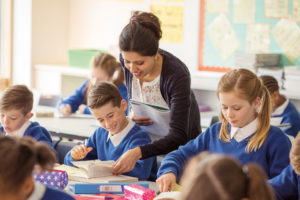
Learning at school (Image: Getty)
How to achieve just such a balance is a challenge many prep schools are tackling head on. At Saint Paul’s Juniors in London, Head of English Jo Wielebinska says she combines more traditional methods with new thinking when it comes to her 7-13 year old cohort.
‘As a department we think learning poetry by heart is very important, and we also use poetry as a means for boys to express themselves. We like the fact that poetry can allow weaker or SEND writers to excel.’
Termly open-mics in the school library to encourage recitation and memorising of poems are very popular, she reports. ‘I think we had 100 boys come to the last one. Some pupils recite poems they have written themselves.’ There is also a poetry soiree to which parents are invited and student poetry appears in both the weekly newsletter or school magazine.
‘We teach poetry incrementally,’ says Wielebinska, ‘through an initial grounding of poetic conventions in Year Five, ballads in Year Six, sonnets in Year Seven, and then on to free verse in Year Eight, which allows the pupils to explore and play with rhyme and meter, and develop as writers themselves.’
Developing writing skills by creating their own poetry is one benefit. But it is also time well-spent in promoting good mental health in youngsters on the cusp of adolescence, suggests Rachel Kelly, author of You’ll Never Walk Alone: Poems for Life’s Ups and Downs who runs regular ‘Healing Words’ workshops in schools. ‘My theme is that poetry can be helpful for students to make sense of their feelings, part of their mental health toolkit, not this scary thing they have to analyse in a lit crit way. I talk about it as something that can make them feel less alone and more understood at three o’clock in the morning.’
A 2021 study by the American Academy of Pediatrics backs up her contention that poetry helps youngsters at a stage in their life when so many appear to be going through turbulent and challenging emotions. It evaluated the effects on a group of 44 hospitalised children, who were given poetry-writing kits, with paper, pens, markers, and writing prompts, along with poems to read, including Hope is the Thing with Feathers by Emily Dickinson. The conclusion was that there was a reduction in fear, sadness, anger, worry and fatigue.
‘Often,’ says Kelly of students studying poetry, ‘it is less about the result, the actual poem, but there’s a value to the creative process. Being in the flow, in the moment, being attuned to feelings and enjoying the release and indeed exhilaration that can come in putting them down on the page.’
Harry Baker, poet, performer and 2012 World Poetry Slam Champion while still a student at university, is another who goes into schools to engage students with creativity that comes with poetry. The challenge, he says, is to break down prejudices among them about what poetry is and isn’t.
‘The teenage boys are the most reluctant, I find, but they also love rap, so I am able to share something by Dave [Mercury Prize and Brit Award winner in 2019] or Stormzy. These are people who come from the world of Grime, but they also talk about vulnerability and real life. It is not all bravado.’
With the push in classrooms on STEM subjects, finding new ways to engage pupils with the arts and creativity, suggests Simon Piesse of Notting Hill and Ealing High School, should also be an integral part in any school’s culture. And poetry has an important role to play. ‘It crosses subjects, teaches key habits of mind, and promotes well-being when, post-Covid, many schools are grappling with the legacy of the disruption.’

